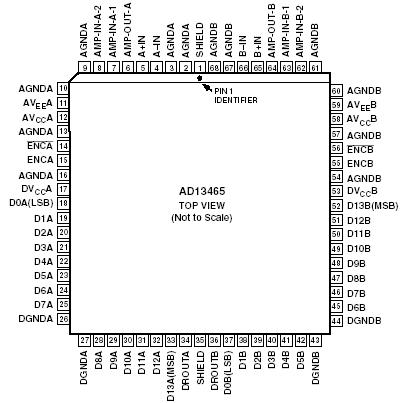AD13465: Features: Dual, 65 MSPS Minimum Sample Rate Channel-to-Channel Matching, ±1% Gain Error 90 dB Channel-to-Channel Isolation DC-Coupled Signal Conditioning85 dB Spurious-Free Dynamic RangeSelectable B...
floor Price/Ceiling Price
- Part Number:
- AD13465
- Supply Ability:
- 5000
Price Break
- Qty
- 1~5000
- Unit Price
- Negotiable
- Processing time
- 15 Days
SeekIC Buyer Protection PLUS - newly updated for 2013!
- Escrow Protection.
- Guaranteed refunds.
- Secure payments.
- Learn more >>
Month Sales
268 Transactions
Payment Methods
All payment methods are secure and covered by SeekIC Buyer Protection PLUS.

 AD13465 Data Sheet
AD13465 Data Sheet








